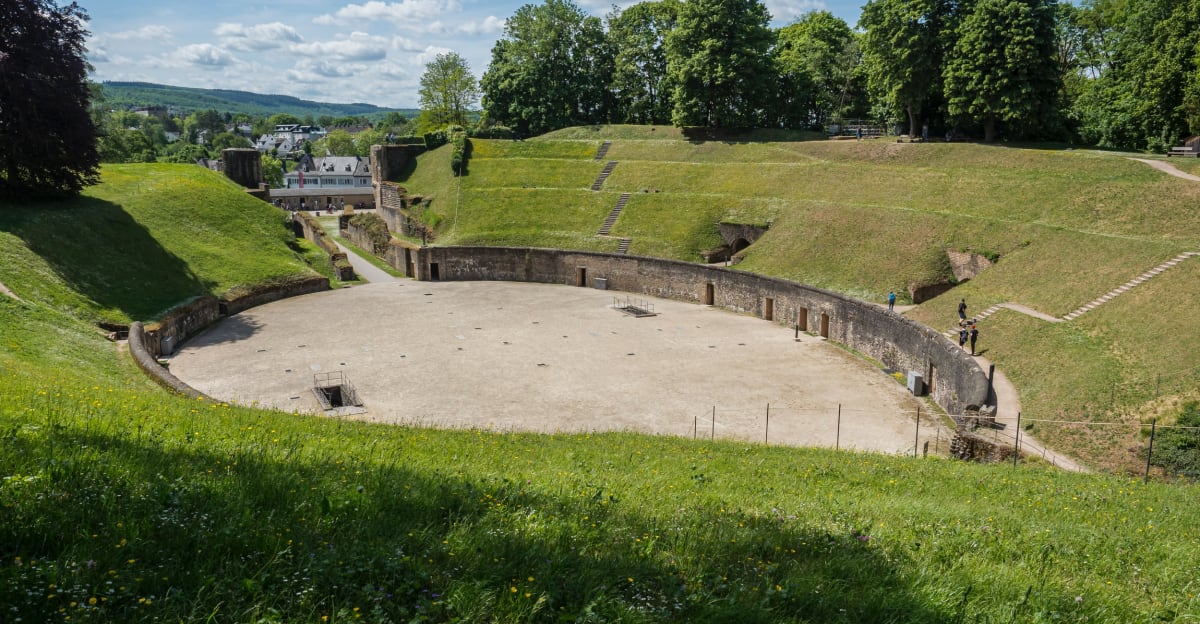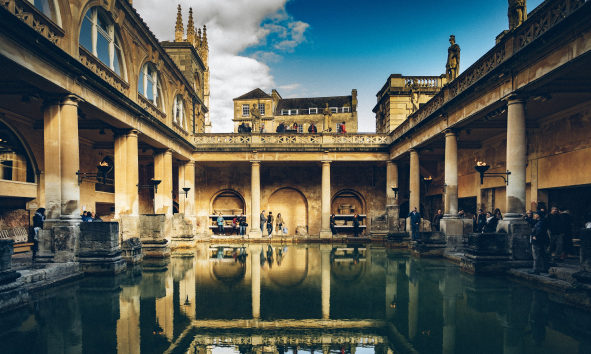

When you pause and reflect, you’ll realize that “experience” is how we as humans understand the world and our own individual lives.
What makes a great experience? This is a question so central to our lives that we often completely overlook it. It’s a question akin to, Why do we breathe? Or, Why do we fall in love? When you pause and reflect on it, you realize that “experience” is how we as humans understand the world and our own individual lives. Other questions soon follow: What are the elements of a great experience? How might we shape great experiences for ourselves and those we serve? These two questions are the foundation upon which geniant is built.
What are the elements of a great experience? At first, this question can seem very nebulous. In fact, the answer can be simplified rather quickly. The primary categories of experience in one’s daily life are people-to-people interactions, one's physical environment, and technology-enabled moments. These external events and occurrences leave impressions on you, which then inform the ongoing reformulation of your inner life. There is a universe of nuance left in this answer, but these are the basics: people, space, technology.
This three-part formula holds true across our lives as we live, work, and play. When we go to the grocery store, the office, or the ball park there is an existing culture regulating interpersonal interactions, environments designed to suit those activities, and technology applied anywhere it can make life easier. This general principle holds true across geographies and across time.
The fascinating thing is that while these three basic elements of people, space, and technology remain constant, they are in a state of constant change. The cultural values that dictate how we behave within families, teams, companies, and society are different in each generation. How we craft cites and workplaces is rapidly progressing. Technology has gotten to the point where it’s evolutionary cycles are a blur. Still, two digital avatars engaging one another in the Metaverse is not a huge conceptual leap from two people having a conversation around a campfire.
How can we build great experiences? That is a question of great consequence for many business leaders and designers today. The answer to this question involves carefully understanding people, space, and technology as individual disciplines, but also — and increasingly — in relation to each other. It has become difficult to separate people-to-people interactions today from voice- or screen-based communication technology. The evolution of architecture is now completely intertwined with our ability to harness new technologies to use resources more efficiently and positively influence human behavior.
This is the foundational DNA of geniant. We are a company formed by domain experts. For people, that means primarily change management, customer or user experience, organization design and process reengineering. For spaces, that means architects and interior designers who understand how to create places that perform at the highest level. For technology, that means digital transformation, web and mobile development, and user experience design. What makes geniant unique as a company — our true differentiated value — is that we can deliver professional services at the highest level in each of these categories AND in concert with one another. The benefit of working across disciplines is clear: complete integrity of your brand across the full spectrum of experience.
Another way of thinking about great experiences is to stretch our time horizon back and consider what great experiences from the past can teach us about the decisions we’re making in the present, which will inform the future.
What are the foundational experiences that express who we are as a culture?

Among the earliest forms of surviving architecture is the Greek amphitheater. As a structure, the amphitheater was extremely sophisticated both technologically and socially. The fundamental purpose of the amphitheater was to bring the entire community together for the purpose of telling stories designed to be both entertaining and instructive. The theaters were ingeniously engineered like a giant instrument to amplify the sound of the human voice so that an actor could be heard clearly by thousands of spectators. Actors wore costumes with exaggerated masks and performed among intricate scenery, adding a layer of augmented reality. All this is to say that narrative, spectacle, and distorted reality — themes that are highly contemporary — are so deeply rooted in our culture that we still have a clear picture of the experience of Greek theater thousands of years beyond its conception.

Roman baths are another highly experiential building type worth considering. Like the amphitheater, baths were sources of enormous technical innovation. The earliest domed structure is associated with a bathhouse. Water was supplied to these buildings from aqueducts supported by artificial reservoirs. Inside, there were pools of different temperatures carefully controlled by underfloor heating. Some of the earliest uses of glass windows occurred in baths. Gardens were interwoven into the grounds to elevate a sense of calm and harmony. Baths were also enormously important socially. They were among the most common and most important public buildings in the empire, and were erected in new terrories almost immediately to establish Roman identity.
What these ancient examples speak to is the importance of design that addresses all of our senses, as well as the importance of community to elevating experiences. These examples show how powerful it is to embed cultural identity and ritual into the places where we live, work, and play. As we think about our work today, we cannot take for granted the importance of our environment to reinforce social behaviors as well as how much seamlessly integrated technology can elevate people’s experience of physical space.
How can studying ancient architecture possibly be relevant to creating better business outcomes in the 21st century? Think about how much the Great Resignation and issues of returning to the office rely on our sense of community and connection. Think about how much omnichannel retail relies on communicating a brand’s values across touchpoints. When most people think about the future, they tend to develop a mental image of ever-more advanced technologies. geniant thinks about the future as increasingly powerful and transformational human experiences. The future will have more technology and it will also be more humane. It’s not only possible, it’s inevitable that we will design a world supporting better mental, physical, and environmental health.
Companies that understand this will create great experiences for their employees and customers, which will lead to better business outcomes. geniant exists to help companies with this vision to thrive.
David Dewane is geniant's Chief Experience Officer
You can connect with him on Linkedin and follow him on Twitter
You need holistic solutions for today's complex challenges.
geniant’s proven process and methodology — along with our expertise — works together to solve your space, people, and technology challenges.